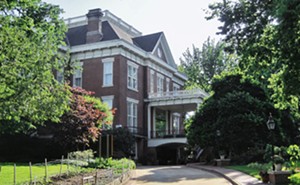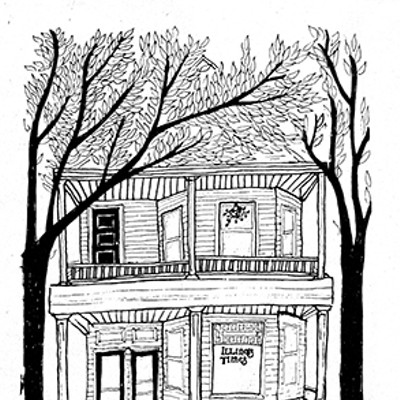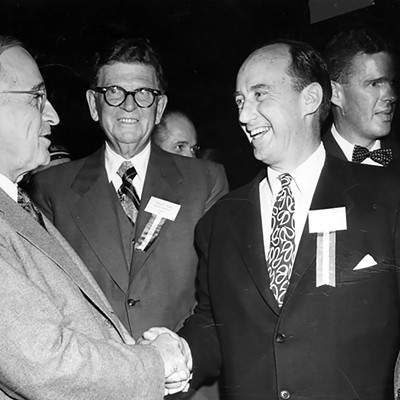To the new guv, the mansion is just another big house, but to those Springfieldians who fret about their city’s loss of status over the years it’s a symbol. “The state’s chief administrator is closer to the state workforce” in Springfield, wrote AP reporters Sophia Tareen and John O’Connor recently, “and avoids at least the impression of giving preferential treatment to Chicago and largely Democratic urban dwellers over the rest of the state.” Balderdash. Voters who rely more on facts than impressions know that it is Downstaters who get preferential treatment from state government, measured by how much more they get in services than they give in taxes. And there are very nearly the same number of state jobs in Chicago as there are in Springfield, so moving Downstate to get closer to the latter takes an administrator-in-chief farther from the former.
As I recalled in “Life in the big house,” my 2009 column about the mansion, the mansion was built for entertaining. Gov. Joel Matteson came into office rich. He and his wife loved to entertain but declared the original governor’s house at Eighth and Capitol to be inadequate to that purpose and pressed the legislature to build the present one.
More recent governors appreciated the house for its location near the shop, as it were, but in many other ways the house is as outmoded as spittoons would be in the guv’s second-floor offices in the Statehouse. The mansion proper boasts a fine library (in an age in which no one reads), four parlors (what does one do in a parlor, exactly?) and a dining table that seats 28 (in a state in which a governor need dine with only two men to conduct public business). Such accoutrements might have made the place a mansion in the 1850s, but not today. Mr. Rauner is not the only U.S. governor whose own house is larger and more luxurious than the people’s house, and the property has so suffered from years of low-bid maintenance that the Rauners will almost certainly have to rent before it’s fit for anyone but tourists.
Governors don’t live in the mansion but at it, in private quarters added to the historic house during the Thompson years. Those facilities provided the 20th century amenities that every state employee has come to expect, but in spite of that very few governors have liked living there. Jim Edgar did, sort of, but as the AP reminded us, even Edgar retreated to a cabin outside Springfield and kept an apartment in Chicago, where he spent about one or two nights a week.
I can see how Downstaters might feel that a guv is one of them by staying at the mansion, given the state of most Downstate towns and cities; sleeping in a leaky, old worn-out pile that no longer serves much purpose might create a certain solidarity in suffering. But I have doubts that a Chicago governor can learn anything useful while living in a box that happens to be downstate. Better Mr. Rauner should stay in Winnetka and read some good Illinois histories and biographies of Downstaters such as Cannon, Dirksen, Lowden or Stevenson. Or go have lunch with Ray Long – we’re not that complicated.
Governors in lots of states, it turns out, don’t live in the houses provided for them by taxpayers, including those of Colorado, New York, New Jersey, New Hampshire, Ohio and Michigan. California, a trendsetter in political paralysis and near-insolvency, was ahead in this and sold its mansion years ago; the governor of the Golden State rents a Sacramento apartment, although he’s usually in the Bay Area.
The reality is, the seat of Illinois government is wherever the governor’s seat is. To accommodate it, the people of the state need to provide money for quarters in both the state’s governmental capital and its political and business capital. Either that or invest in a nice double-wide that the guv can roll up and down 55, like the traveling court that medieval English kings used to administer their far-flung realm. If he takes good care of it, we could sell it used, to California.
Contact James Krohe Jr. at [email protected].





















